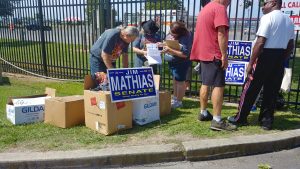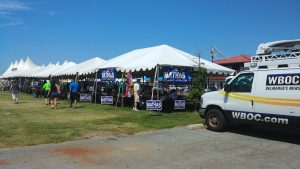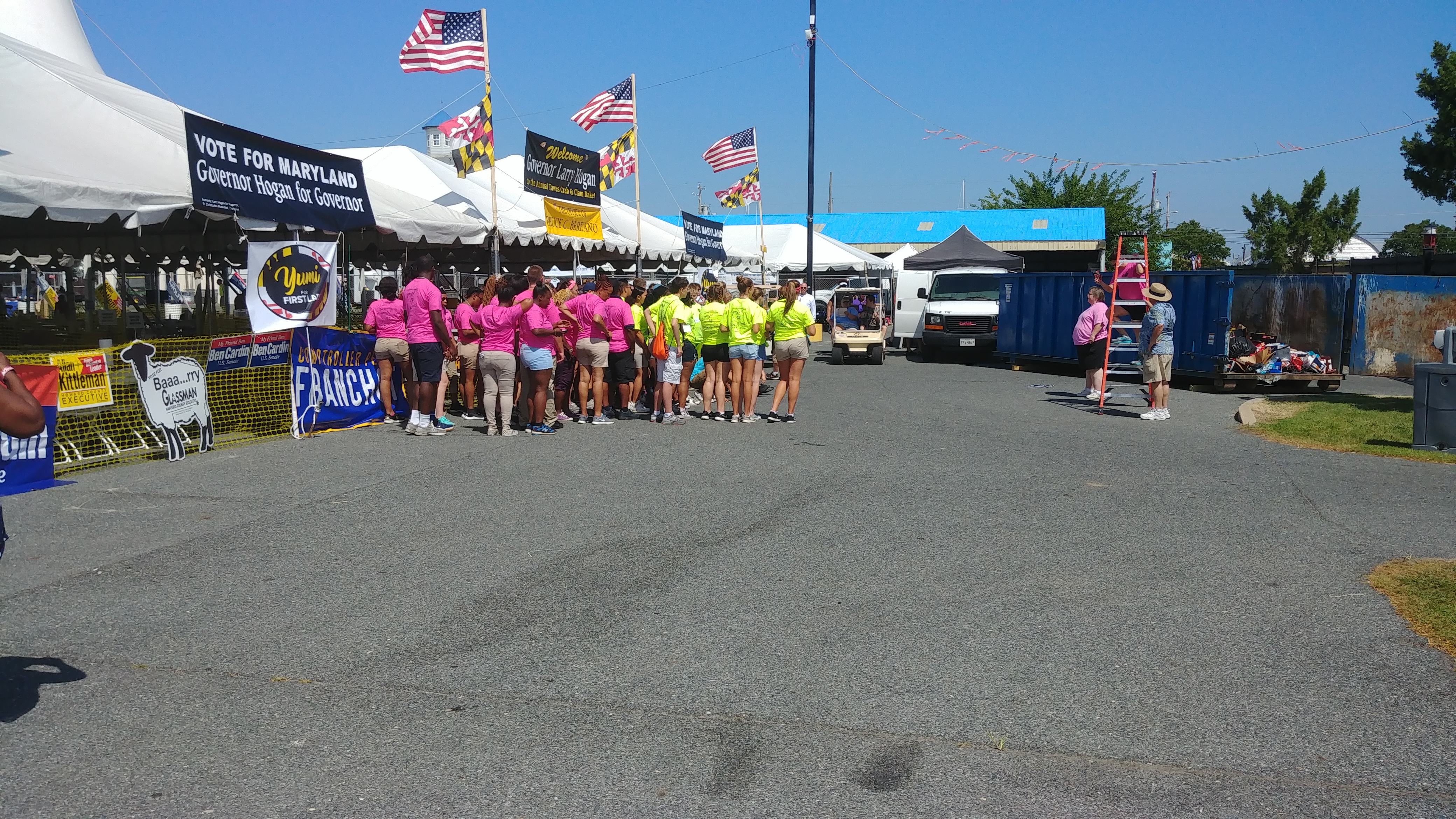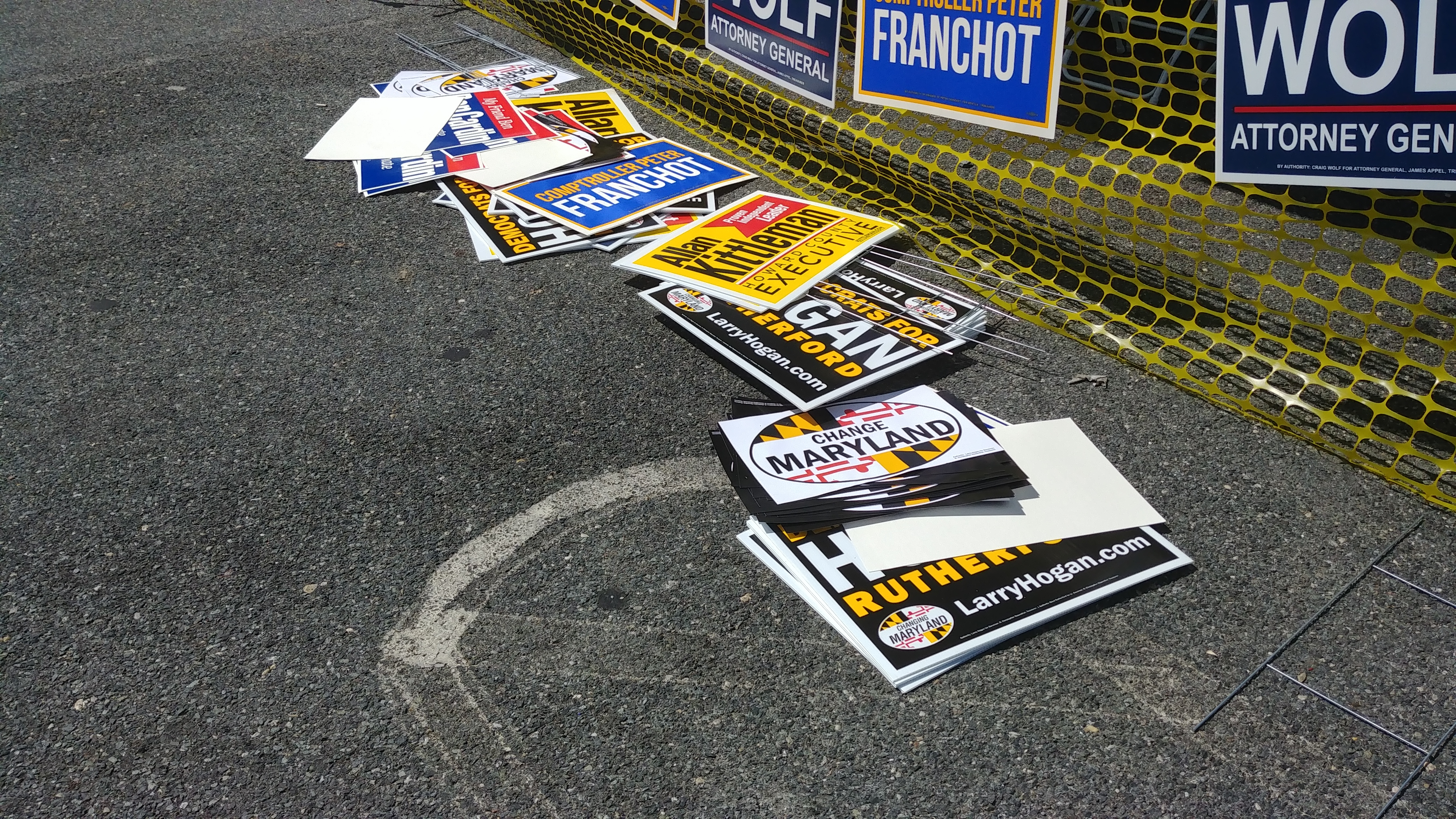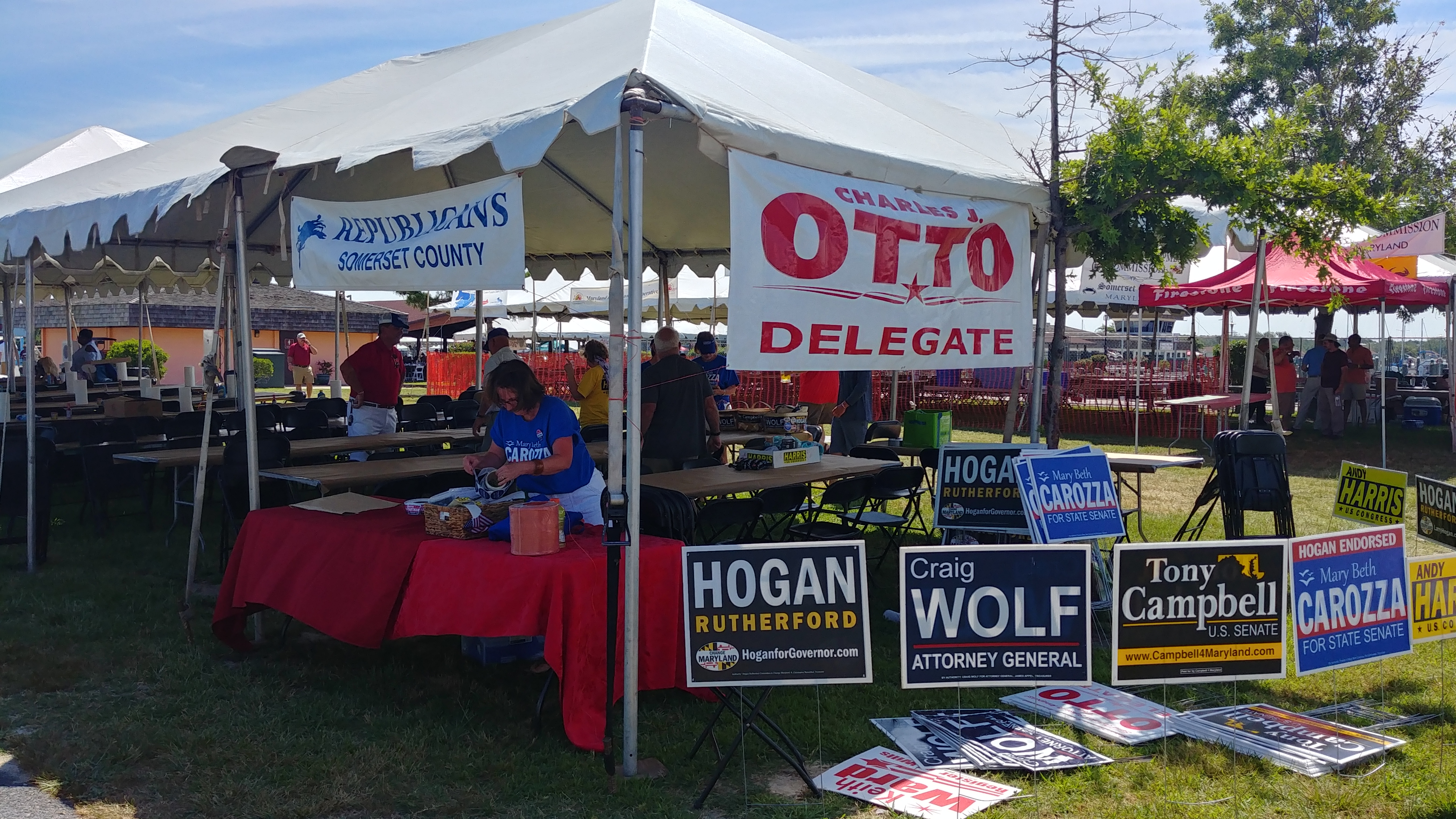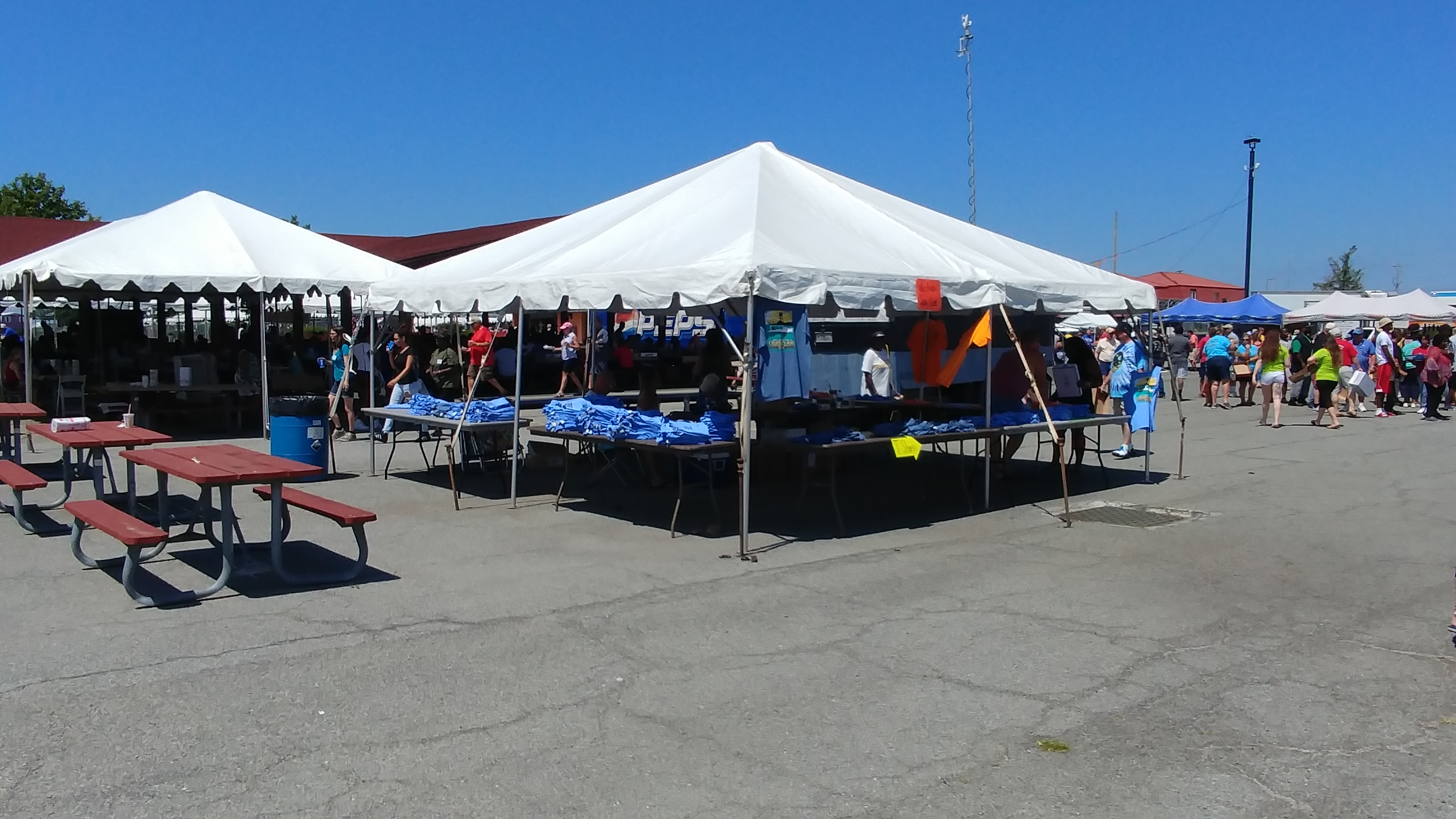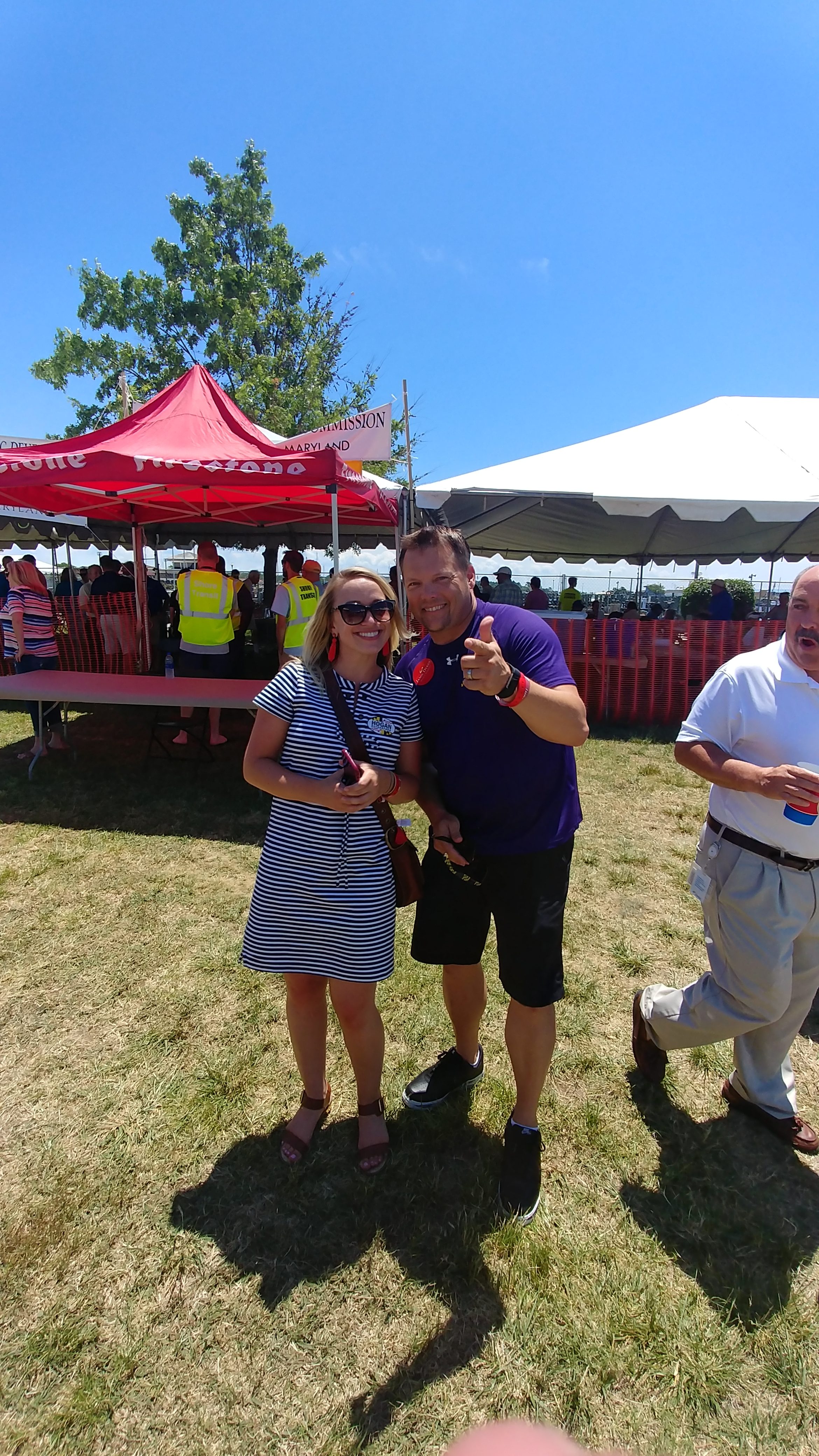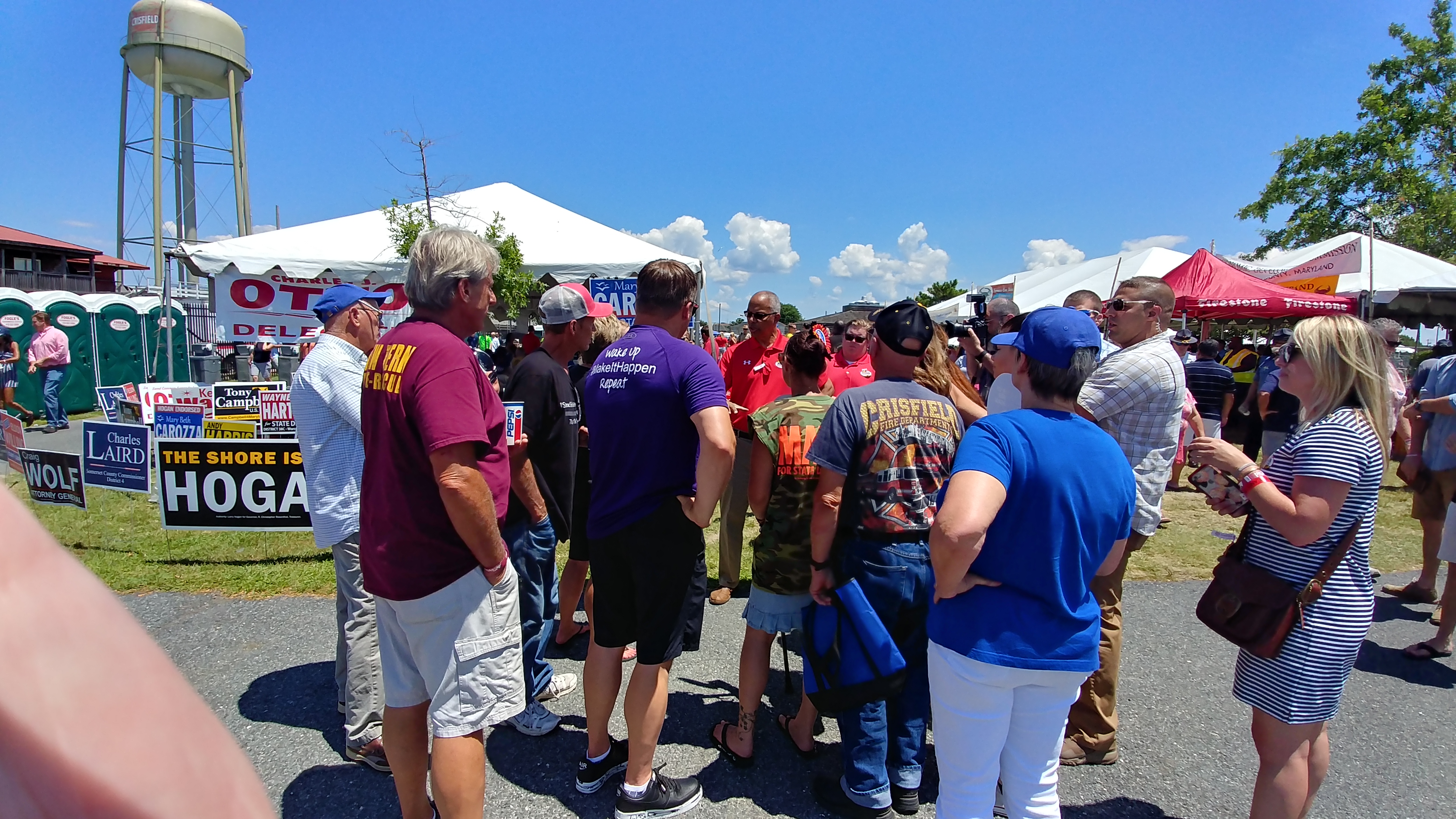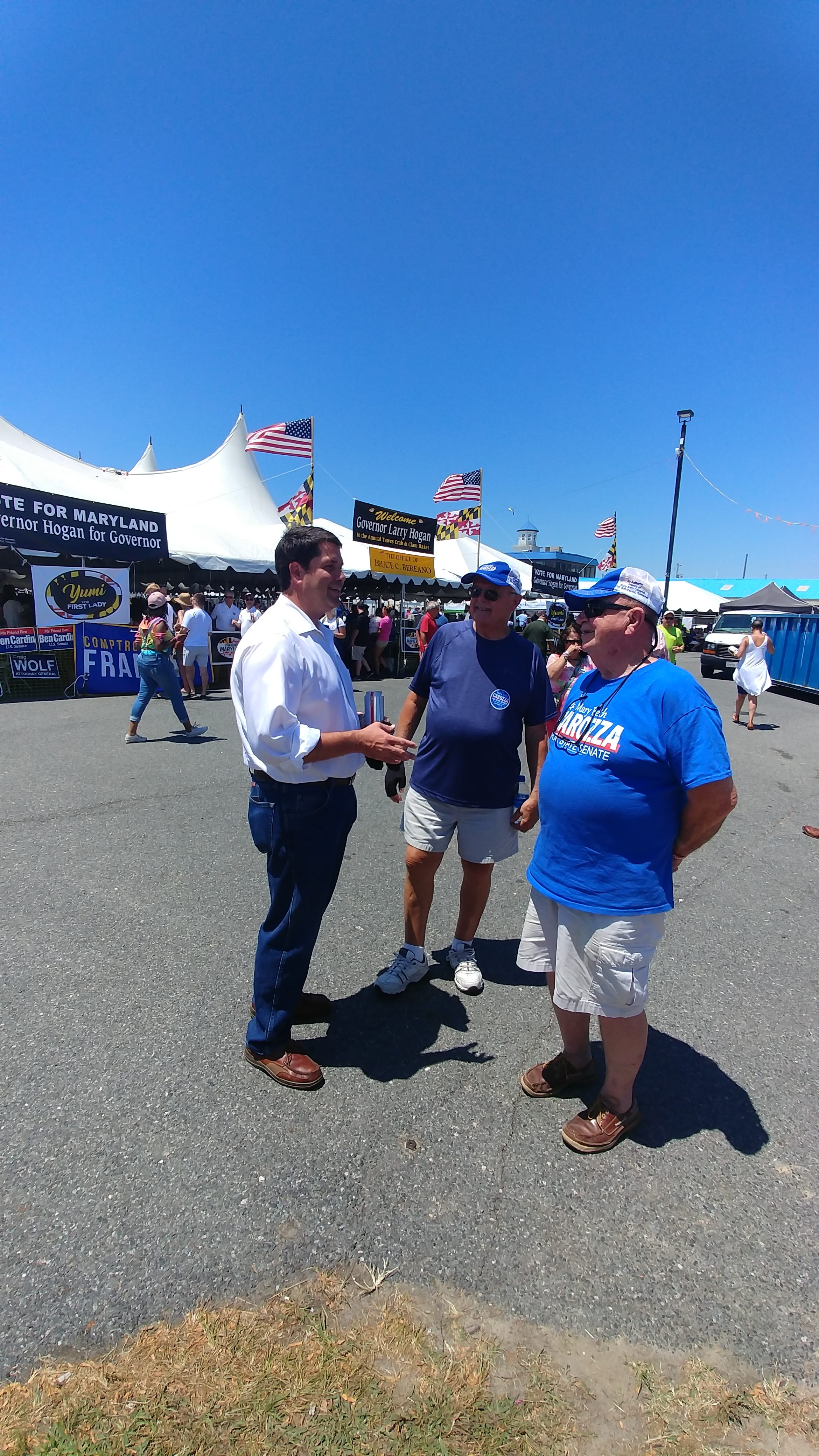It’s a funny thing: when I last broached this subject I noted that the momentum toward a Convention of States had stalled out as no state had passed a call for an Article V Constitutional convention in nearly three years. Apparently, though, getting past the CCP virus has popped the cork on the movement because in the nearly three months since I last wrote on the subject the CoS effort has gained the support of Wisconsin, Nebraska, West Virginia, and most recently South Carolina, bringing the total to 19. They’ve also come closer to melting away opposition in Iowa, Kansas, and South Dakota and there was even testimony on a CoS bill in Maryland – yes, Maryland.
Granted, the Maryland bill didn’t get beyond the hearing stage – and it will probably never get beyond that unless there is a sea change in their General Assembly beginning this fall – but the fact that nearly half of their Republican delegation co-sponsored the measure is encouraging, especially since the 2021 version only had a sole sponsor. (What is not encouraging is the lack of interest from the lower Eastern Shore delegation, from which only Delegates Johnny Mautz and Charles Otto were co-sponsors. That leaves Delegates Chris Adams, Carl Anderton, and Wayne Hartman along with both lower Shore Senators, Addie Eckardt and Mary Beth Carozza out of the picture. It goes without saying that Delegate Sheree Sample-Hughes wouldn’t be a backer; after all, she just voted for allowing easier access to baby murder.) On the other hand, a Democrat-sponsored Article V resolution to protect “voting rights” was not introduced this session after failing to advance in a two-year run in the MGA from 2020 to 2021.
Shamefully, Delaware is one of those states where a CoS resolution hasn’t been introduced in recent years (more on that in a bit.)
One thing the CoS has been circulating of late is an endorsement of sorts from radio host Glenn Beck, who basically told his audience that, “a convention of states is the best thing we can do” to rein in government. Beck explained that the process would not be open to making other changes in the Constitution besides those which are spelled out, which is why the Democrats in Maryland had to create their own proposal rather than just jumping on board the Republican Article V resolution figuring they could take it over.
I noted back in January why I’ve begun to feel this is the better solution to our longstanding issues with government, but let me give you another analogy: if you are related to an alcoholic, do you just let them continue down their self-destructive path or do you get together with caring friends and family to do an intervention? Government will not fix itself because there are too many in it for themselves and their little fiefdoms of power, so someone else has to come along to starve that beast.
I’ve been in politics long enough to see what normally happens with “reformers” when they are first elected to office. They promise the moon but once they get there the excuses begin and the reform becomes going along to get along. The people the TEA Party sent to Congress in 2010 first said they couldn’t do anything because they only had half of Congress. In 2014, once they got a Senate majority, they bemoaned the fact that Obama was still in office, and promised action once a Republican was elected President.
In 2016, we got the ultimate reformer in Donald Trump and what did Congress do? Well, maybe it’s better to to say what they didn’t do: after six years of promising to repeal Obamacare, when they had the opportunity they didn’t do a thing – not even the damned “repeal and replace.” We got a temporary tax cut that the Democrats are already trying to dismantle, and government is bigger than ever because, as fast as President Trump was undoing regulation, the Biden regime is working triple-time to replace it, and then some. For having the barest of Congressional majorities, the Democrats are doing more to pursue their regressive agenda than those who promised the TEA Party the swamp would be drained ever did.
We could elect 60 new conservative House members this fall and somehow get to a filibuster-proof Republican majority in the Senate, while overcoming the Democrats’ best effort to swipe the election in 2024 with Trump, DeSantis, or whoever but there would still be excuses. Perhaps an external intervention is in order here?
Obviously there is risk in “imposing fiscal restraints on the federal government, limiting the power and jurisdiction of the federal government, and limiting the terms for office for its officials and members of Congress.” Balancing the budget may mean significant new taxes, the Swamp can figure out workarounds on limits to power and jurisdiction, and term limits don’t apply to entrenched bureaucrats that are much of the problem. But if we can get the momentum in putting together a Constitutional convention, perhaps we can work at the problem in a new manner. If the regressives are against it, claiming, “The constitutional convention idea is a special interest-funded, anti-democratic endeavor that will almost certainly strip power from the American people, while leaving our cherished constitutional rights up for grabs,” then maybe it’s not such a bad idea. That’s pretty much how they play, isn’t it?
In looking up the author of that op-ed, Claire Snyder-Hall, I found out she is the executive director for Common Cause Delaware, a self-described “nonpartisan citizens lobby, dedicated to fostering open, honest and accountable government at every level.” You would think they would be for a more limited government because there’s less incentive to be secretive, dishonest, and unaccountable when the honey pot is smaller, but no. One of their “accomplishments” is that they:
…was also the primary organization responsible for stopping the dangerous legislation to call for a Constitutional Convention in 2016.
(…)
Recent Activities
May 2016
Vote on House Concurrent Resolution 60 – Rescinding the Article V Call for a Constitutional Convention.
Delaware rescinded all calls for a Constitutional Convention. House and Senate leaders joined with Common Cause Delaware to pass HCR 60 and stopped Delaware from going down a dangerous path. Common Cause made a difference by educating and opposing the convening of a Constitutional Convention.
Common Cause website, “About Us” and “Our History.” Accessed April 12, 2022.
If you recall from January, that HCR60 vote was one featured on that year’s monoblogue Accountability Project. A vote against HCR60 was a proper vote. But the first part of that blockquote was why I changed the paragraph above: it turns out there was legislation introduced in 2015 to join the call for convention, which unfortunately was stricken in 2016. I’d love to have any of the Senators involved (Dave Lawson, who was the sponsor, Gerald Hocker, or Colin Bonini) explain why it was stricken. (I presume it means the same as withdrawn, which is a term I’m more familiar with because Maryland uses it.) I wish there was some sort of voting record on it as there was with HCR60, but maybe we can get some insight from the trio.
So there is precedent in this state, and maybe this idea is something we can keep in our back pocket for this fall’s campaign. It’s time to get the First State to be on this list with nineteen or more of its brethren. What do we have to lose?


